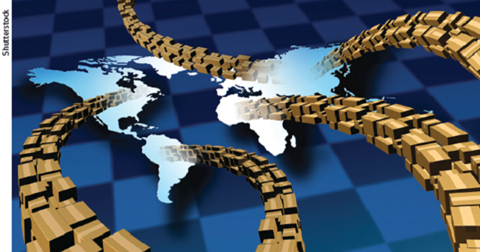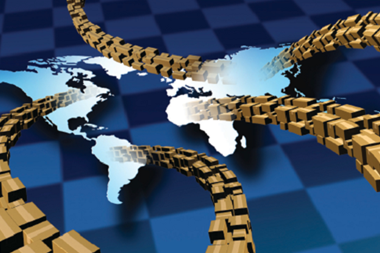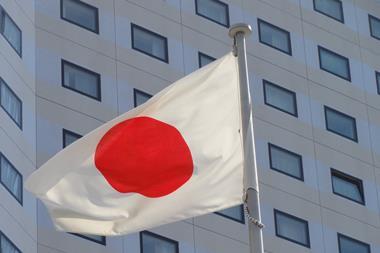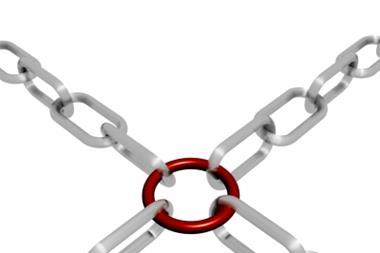Technological advances are enabling even the smallest of companies to better manage their supply chain

Many food manufacturers are in despair, as a faltering monsoon in India has led to failed sugar cane crops across the country. Among them is a large chocolate factory which sources 55% of its sugar from a plantation in India and is now faced with too little supply to meet its customers’ demand for candy.
To make up for the shortfall, the factory decides to use its supply chain management system to find a back-up supplier.
The technology is able to predict what the yield for a particular crop might be and how large a labour force is needed to harvest the cane.
Using satellite imagery, the factory can look at the crop density, the leaf density and the growth rate of the sugar cane plants. Meanwhile, tags and sensors positioned in the fields provide the company with soil conditions, and water and nutrient levels.
After having reviewed all this data, the chocolate factory settles on a plantation in South America which is able to meet its demand.
A decade ago, all of this would not have been possible.
Modern technology has enabled companies to model the supply chain and play out scenarios of what might happen in that chain and what subsequent action will need to be taken to enable production to continue.
But despite technology’s seemingly limitless abilities, the use of supply chain management technology is not as widespread as might be expected.
Danny Bagge, IBM’s head of retail for the UK and Ireland, believes the immaturity is mainly due to a lack of digital skills. “But it’s also a team sport. There’s no point doing it by yourself – your suppliers, other subsidiaries and franchise partners need to want to use this technology too.”
Historically, it has been more difficult for smaller companies to reap these benefits, but technological developments such as the cloud and mobile are making it easier for all types of businesses to manage their supply chain.
Another example is social media, which one of IBM’s clients, a big American grocery retailer, is using to better predict their local store-based replenishment. “If you look at social chatter in certain areas about what the demand may well be, arguably you can use that as an input to change local postcode replenishment. Add on weather, add on demographics, add on behavioural analysis and suddenly we’re getting a continually refined [picture of expected demand],” says Bagge.
He adds: “We’re also seeing iBeacons being used for the last 10 meters of the supply chain. As the trucks are arriving, geofencing is helping to forward-alert people in the warehouse to get ready to unload the stock. They will also know to which bay to go to unload. All this used to be paperwork and time.”
Adrian Penka, vice president and supply chain lead for Capgemini Consulting, is also seeing some interesting developments.
One of these is the growth in predictive and prescriptive capabilities in analytics, which helped the chocolate factory decide on which sugar cane plantation was the best choice as a back-up supplier.
A second trend is the growth in collaborative networks, as data is increasingly crowdsourced.
As an example, Penka mentions a company that knows their supplier and their contract manufacturers are free from child labour or free from using conflict minerals.
“That is a rigorous point of data to gather for any single company, but many other buyers in the market use that exact same supplier and all of its contract manufacturers. So rather than regenerating all this information, we’re starting to see collaborative networks where, when you are using one of these products, you can save that information to the cloud, it can be validated and standardised, and then it can be leveraged by others,” he explains.
However, Penka cautions that this isn’t an easy process: “Data isn’t easy to come by. Often when companies are using these tools, it’s the raw material data and the company’s internal data that is the hardest to integrate.”




















No comments yet